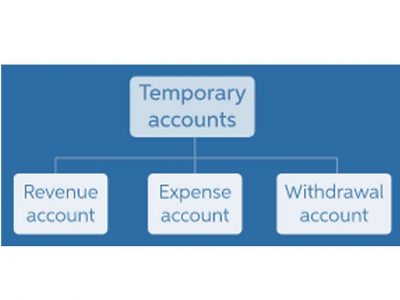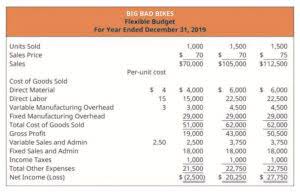
The classification of assets into current and non-current categories helps stakeholders evaluate a company’s liquidity, operational efficiency, and long-term investment strategies. It allows for a more accurate assessment of the availability and utilization of a company’s resources, aiding in financial analysis and decision-making. classified balance sheet In addition to classifying assets and liabilities, equity is also presented on the balance sheet. Equity represents the residual interest in the assets of a company after deducting liabilities. It includes the contributed capital from shareholders and the accumulated retained earnings of the company.
- As noted above, you can find information about assets, liabilities, and shareholder equity on a company’s balance sheet.
- Thus, on December 31, the firm reflects a high cash balance on its balance sheet.
- The liabilities section is broken out similarly as the assets section, with current liabilities and non-current liabilities reporting balances by account.
- Depending on the company, different parties may be responsible for preparing the balance sheet.
- If the company takes $8,000 from investors, its assets will increase by that amount, as will its shareholder equity.
- My Accounting Course is a world-class educational resource developed by experts to simplify accounting, finance, & investment analysis topics, so students and professionals can learn and propel their careers.
- Fixed Assets like property, plant & equipment are not as liquid and may take some time to dispose or otherwise convert into cash.
Analyzing a classified balance sheet allows stakeholders to evaluate a company’s financial health comprehensively, providing a foundation for informed investment decisions, credit evaluations, and strategic planning. A classified balance sheet presents a detailed snapshot of a company’s financial position at a particular moment, offering invaluable insights into its operational health, financial stability, and strategic direction. Analyzing this document involves understanding the significance of each section and drawing conclusions about the company’s performance and future prospects. Here’s how to read and interpret the key sections of a classified balance sheet, along with examples of the insights that can be derived from such an analysis. A classified balance sheet is a financial statement that shows a company’s assets, liabilities, and ownership details, but with a twist. It puts these items into different categories so they are easier to understand.
How to use the accounting equation with a classified balance sheet
One such crucial financial statement is the classified balance sheet. This balance sheet also reports Apple’s liabilities and equity, each with its own section in the lower half of the report. The liabilities section is broken out similarly as the assets section, with current liabilities and non-current liabilities reporting balances by account.
- This simple equation does a lot in demonstrating that shareholders’ equity is the residual value of assets minus liabilities.
- The most common current liabilities are accounts payable and accrued expenses.
- No matter what kind of budget you’re in charge of, Jotform’s free Budget Sheets make it easier than ever to record payments and manage your amounts on any device.
- Here’s a step-by-step guide to preparing a classified balance sheet, accompanied by common challenges and tips for ensuring accuracy.
- When a detailed balance sheet with up-to-date information about the business’s financial position is published, it increases the trust of investors and creditors.
The balance sheet provides an overview of the state of a company’s finances at a moment in time. It cannot give a sense of the trends playing out over a longer period on its own. For this reason, the balance sheet should be compared with those of previous periods. Another key limitation is the fact that a balance sheet reflects balances at only one given point in time.
Understanding the Classified Balance Sheet
In any balance sheet, it is possible to misrepresent information or misstate the facts. The data reported in the balance sheet is used by different users in different ways. However, the biggest use of the data is for financial ratio analysis.

